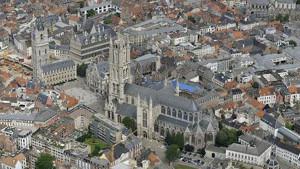
Urban
Flanders provides an ideal case to study urban ecology and evolution, as it constitutes one of the most urbanized regions in the world. Populations in urban areas are believed to be exposed to various stressors, such as new pathogens and predators, light and sound pollution, and unnatural food regimes. Arthropods and passerine birds are studied in 81 urban, suburban and rural plots around the cities of Gent, Antwerp and Leuven, while roof-breeding gulls are studied in the coastal city of Ostend.
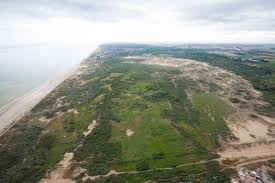
Coastal
The coastal region of Flanders comprises unique ecosystems that are typically highly dynamic by nature (beaches, salt marshes, dunes) and under severe anthropogenic pressure or use (harbours). We study to which degree these dynamics alter the functioning of the (terrestrial) coastal ecosystems by focusing on vegetation dynamics, the ecological and evolutionary dynamics of threatened arthropods, plant-arthropod interactions, and gull life histories.
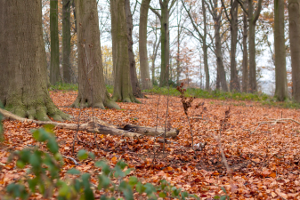
Temperate forests
Natural forests in Flanders are highly fragmented and already for long time under anthropogenic use. As such, they constitute as natural experiments in which we study the impact of tree species diversity on the structure of food webs and their functioning (decomposition, herbivory, predation and disease transfer), and the evolution of understory plant phenology.
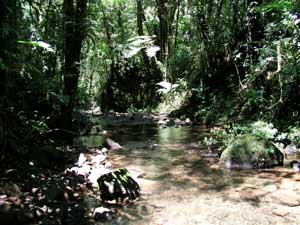
Tropics
Rainforests are vegetation types dominated by broad-leaved trees that form a dense upper canopy (layer of foliage) and contain a diverse array of vegetation. In Africa, such forests are mainly located within 10° on either side of the equator, making up ca. 20-30% of the total global tropical rainforest area. In South-East Asia, rainforests span across Brunei, Cambodia, Indonesia, Laos, Malaysia, Myanmar, the Philippines, Singapore, Thailand, and Vietnam. Despite their exceptional biodiversity value, tropical rainforests have been – and are being – largely depleted by commercial exploitation through logging and conversion to agriculture, resulting in highly fragmented networks of forest remnants. We currently study rainforest birds in Kenya, Tanzania, Ethiopia and Indonesia, while a study on primates is being carried out in a long-term Belgian research station in Cameroon.
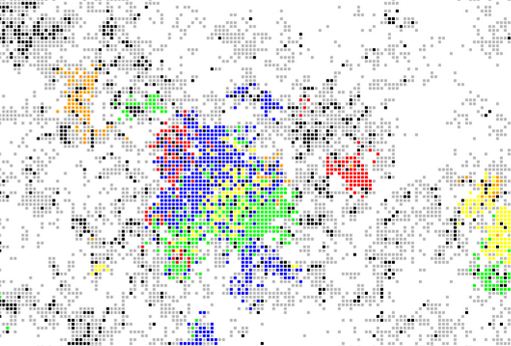
Virtual
Studying the impact of spatial structure on eco-evolutionary dynamics of species is difficult due to a wide array of experimental constraints. We use spatially explicit individual based models to develop generic insights into the multiple pathways by which changes in spatial structure affect population and foodweb dynamics, and how these ecological dynamics influence, and are impacted by, the evolution of key-traits like dispersal and body size.